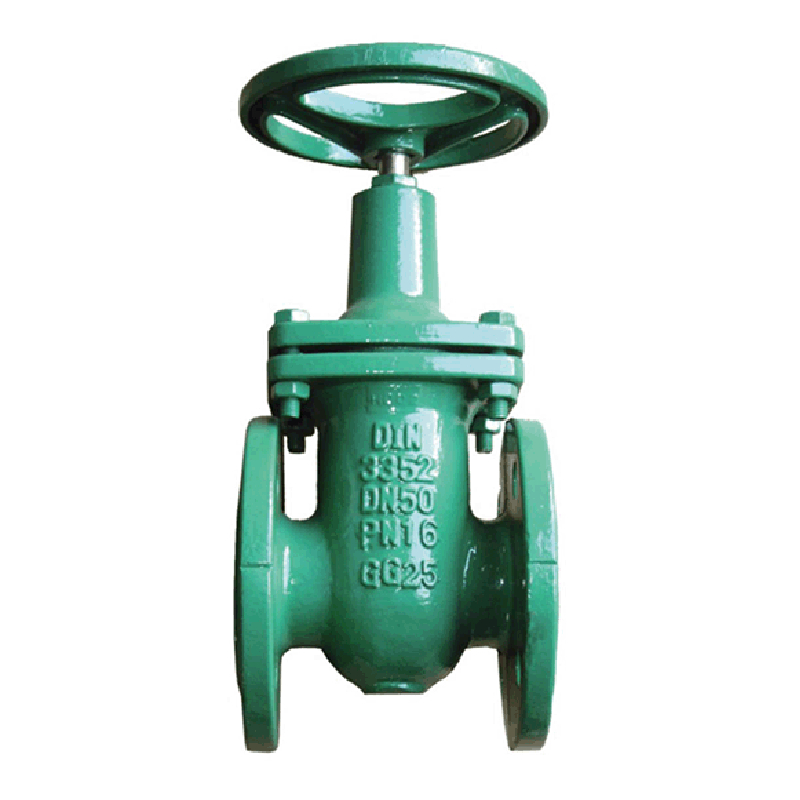Dec . 13, 2024 04:14 Back to list
flange type silent check valve
Flange Type Silent Check Valve An Essential Component in Fluid Systems
In the realm of fluid dynamics, various components play critical roles in ensuring the efficient and safe operation of systems. Among these, the flange type silent check valve stands out as a key element, particularly in piping systems where backflow prevention is paramount. This article delves into what flange type silent check valves are, their construction, working principles, applications, and advantages, enriching our understanding of this vital device.
What is a Flange Type Silent Check Valve?
A flange type silent check valve is a specialized valve designed to prevent reverse flow in a piping system. As the name suggests, it features flanges that allow for easy connection to pipes. The silent in its name refers to its operation, which is typically quieter than that of traditional check valves. These valves are particularly favored in applications where minimizing noise and turbulence during operation is a priority.
Construction of Flange Type Silent Check Valves
Flange type silent check valves are constructed with several key components
1. Body Typically made from durable materials such as stainless steel, ductile iron, or PVC, the body houses the internal mechanisms and is designed to withstand significant pressure.
2. Flanges The flanges are integral to the valve's design, facilitating easy attachment to pipe systems. They come in various sizes and standards (such as ANSI or DIN) to suit different piping systems.
3. Disc The disc, often made of the same material as the body, is the primary moving part that opens to allow flow in one direction and closes to prevent backflow.
4. Spring In some designs, a spring mechanism works in tandem with the disc to ensure quick closure, further preventing reverse flow and minimizing water hammer effects.
5. Seal A sealing mechanism, typically a rubber or elastomeric seat, provides a tight closure when the disc is in the closed position to prevent leakage.
Working Principle
The operation of a flange type silent check valve is relatively straightforward. When fluid flows in the intended direction, it pushes the disc open, allowing the fluid to pass. As soon as the flow ceases or reverses, the weight of the disc and/or the action of a spring mechanism causes the disc to close. This dual mechanism ensures that the valve operates quietly and effectively, minimizing vibration and noise typical of conventional check valves.
Applications
flange type silent check valve

Flange type silent check valves are utilized across numerous industries, including
- Water and Wastewater Treatment They are essential in preventing backflow in treatment facilities, ensuring the integrity of treated water.
- HVAC Systems In heating and cooling systems, these valves help in maintaining airflow direction, optimizing system performance
.- Chemical Processing They provide safety against backflow of potentially hazardous substances.
- Fire Protection Systems These valves prevent backflow that could compromise the water supply for firefighting.
Advantages
The flange type silent check valve has several advantages that make it the go-to choice for many engineers
1. Noise Reduction The silent operation is crucial in environments where noise control is a priority.
2. Versatile Applications With robust construction, these valves are suitable for a wide range of pressures and temperatures.
3. Low Maintenance Their design minimizes wear and tear, resulting in lower maintenance needs over time.
4. Ease of Installation The flange connections allow for straightforward installation and replacement, saving time and labor costs.
5. Reliable Backflow Prevention With their effective sealing mechanism, these valves ensure system integrity and operational reliability.
Conclusion
The flange type silent check valve is an indispensable component in modern fluid systems. Its ability to prevent backflow while operating quietly makes it a preferred choice in various applications. As industries increasingly prioritize efficiency and noise control, the demand for such innovative components is likely to grow. Understanding the functionality, advantages, and applications of flange type silent check valves can lead to improved system designs and operational efficiencies, underscoring their significance in the field of fluid dynamics.
Share
-
Reliable Wafer Type Butterfly Valves for Every IndustryNewsJul.25,2025
-
Reliable Flow Control Begins with the Right Ball Check ValveNewsJul.25,2025
-
Precision Flow Control Starts with Quality ValvesNewsJul.25,2025
-
Industrial Flow Control ReliabilityNewsJul.25,2025
-
Engineered for Efficiency Gate Valves That Power Industrial PerformanceNewsJul.25,2025
-
Empowering Infrastructure Through Quality ManufacturingNewsJul.25,2025